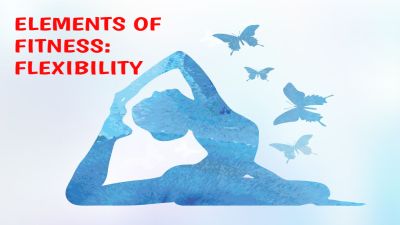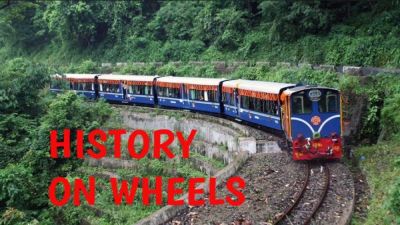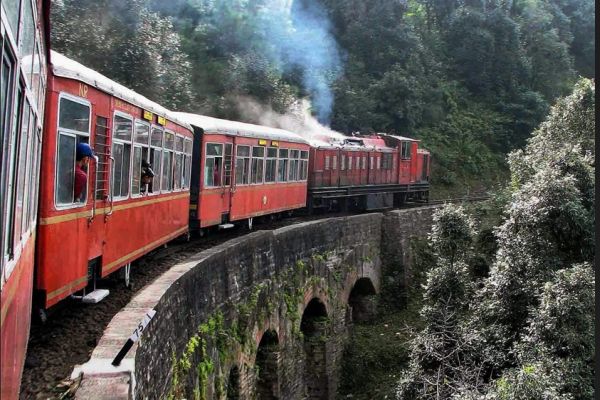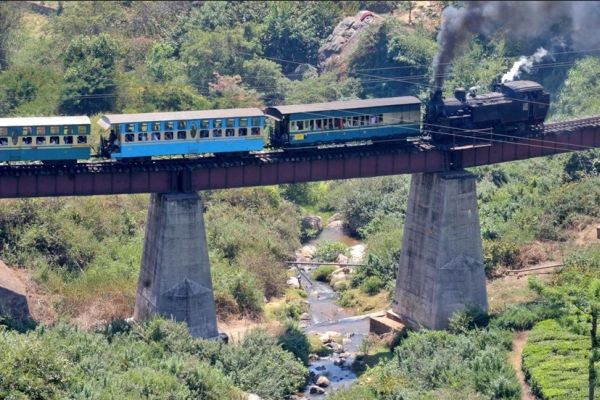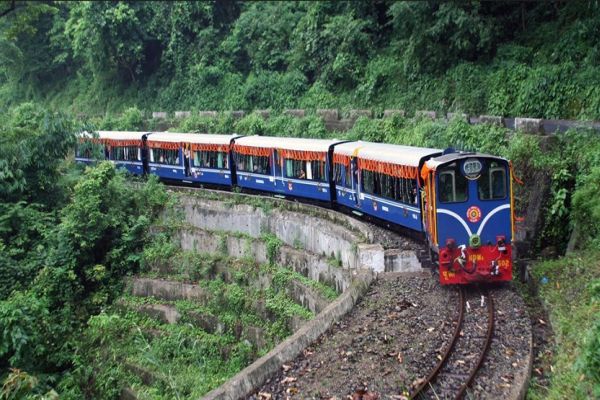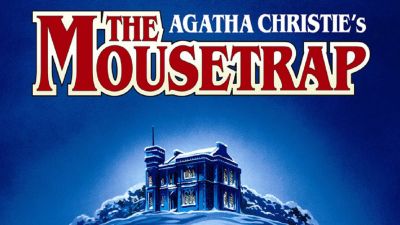Take a look at some venues that overshadow the sport played in them because of their sheer popularity and significance. Plus, play a fun game while you are at it.
World over there are several iconic, historical and beautiful sporting venues, each as important and unique as the other. Let’s take a look at a few of them:
Colosseum, Rome, Italy:
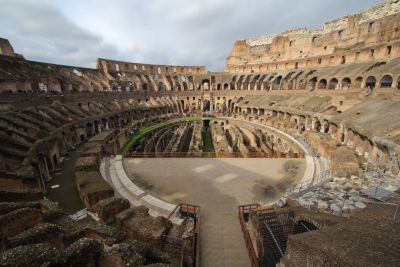
This is the oldest and only not-in-use venue on the list. The 157 feet-tall stadium was completed in 80 AD under the Roman emperor Titus, and featured 80 entrances and could seat about 50,000 people.
The Colosseum, though an architectural marvel and a major tourist attraction, was infamous for hosting some of the bloodiest events. There were gladiatorial combats, animal hunts, and simulated naval battles. The animals used in the battles ranged from lions, elephants, wild donkeys, hyenas to elks and hippopotamuses.
Photo: Flickr/daisy.images
Wembley Stadium, London, England:
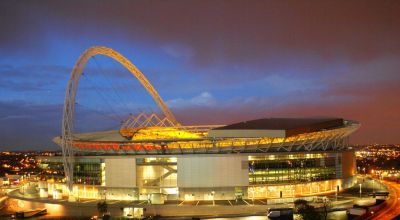
Wembley Stadium is the second-largest stadium in Europe – with a seating capacity of 90,000 – and the tallest stadium in the world with every seat under cover. Opened in 2007, “The Venue of Legends” hosts the final of the world’s oldest football tournament, the FA Cup, and is the home ground of the English football team.
The stadium also regularly hosts major rugby tournaments, besides concerts.
Photo: Flickr/Elena
Melbourne Cricket Ground, (MCG)Melbourne, Australia:
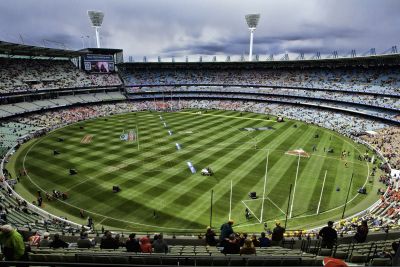
MCG is one of the most famous cricket venues in the world. Since 1854 when it was inaugurated, the ground has hosted Australia’s first bicycle race, served as the main venue for the 1956 Summer Olympics and the 2006 Commonwealth Games, the Australian Football League Grand Final every year, and most famously, the Ashes Test between the Australian and English cricket teams. The first game of cricket was played here was on September 30, 1854.
The MCG, or The G as locals call it, is also home to the infamous Bay 13, one of the most disorderly spectator areas in sport.
Photo: Flickr/Charlievdb
Circuit de Monaco, Monaco:

Though there are numerous Formula One Grand Prix circuits around the world, this one is unique because the streets in the neighborhood of Monte Carlo turn into a racing circuit. This tiny city-state on the French Riviera hosts the Monaco Grand Prix touted to be one of the most challenging and dangerous of races because it features a narrow course with several elevation changes and tight corners.
Photo: Flickr/Edward Weston
Beijing National Stadium, Beijing, China
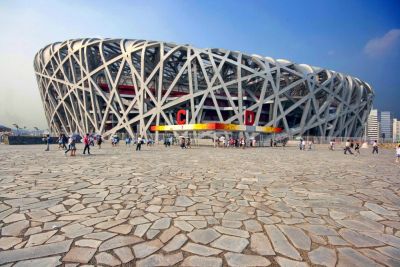
Built primarily for the 2008 Being Olympics, the stadium has a capacity of 80,000. It will be used again in the 2022 Winter Olympics and Paralympics. Its bowl shape with curvilinear outer steel shell gives it the look of a bird’s nest, which is another name for the stadium. It was designed by Swiss architects Herzog and de Meuron, and built at a cost of $480 million.
The stadium has also hosted football matches between Football League Championship team Birmingham City and Beijing Guoan, and Arsenal and Manchester City. Besides, the stadium hosts pop events and pageants.
Photo: Flickr/Wojtek Gurak
Stade Roland-Garros, Paris, France:

Home of the French Open, this clay court is named after Roland Garros, a pioneering French aviator who completed the first solo flight across the Mediterranean Sea. He was also the inventor of the first forward-firing aircraft machine gun, and a World War I hero.
The facility was constructed to host France’s first defence of the Davis Cup in 1928. The 21-acre complex contains twenty courts; Les Jardins de Roland Garros – the restaurant complex; Le Village – the press and VIP area; France’s National Training Centre; and the Tenniseum, a multimedia museum of the history of tennis.
It was also used as a detention centre during World War II, where “indésirables” were held pending imprisonment.
Photo: The Hindu Photo Library
India is home to several popular sporting venues like the Mahalaxmi Racecourse in Mumbai, Eden Gardens Cricket Stadium in Kolkatta, and Major Dhyan Chand National Stadium in Delhi.
One that stands out for its location is the HPCA Stadium in Dharamsala. It is located amidst the Dhauladhar Ranges of the Himalayas, the peaks of which serve as a beautiful background for a racy game of cricket. Situated at an altitude of 4110 feet, it is the highest international cricket stadium in the world. Dotting the sky above the stadium are golden eagles and Griffin vultures. The Dalai Lama is one of its frequent visitors.
Here are two similar-looking pictures of this stunning stadium. Find six differences between them.
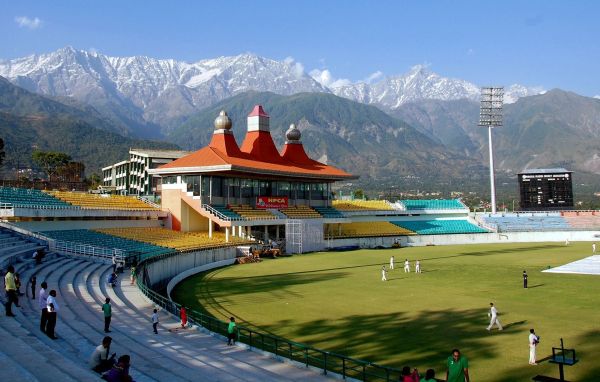
Photo: Flickr/Abhijit Athavale
